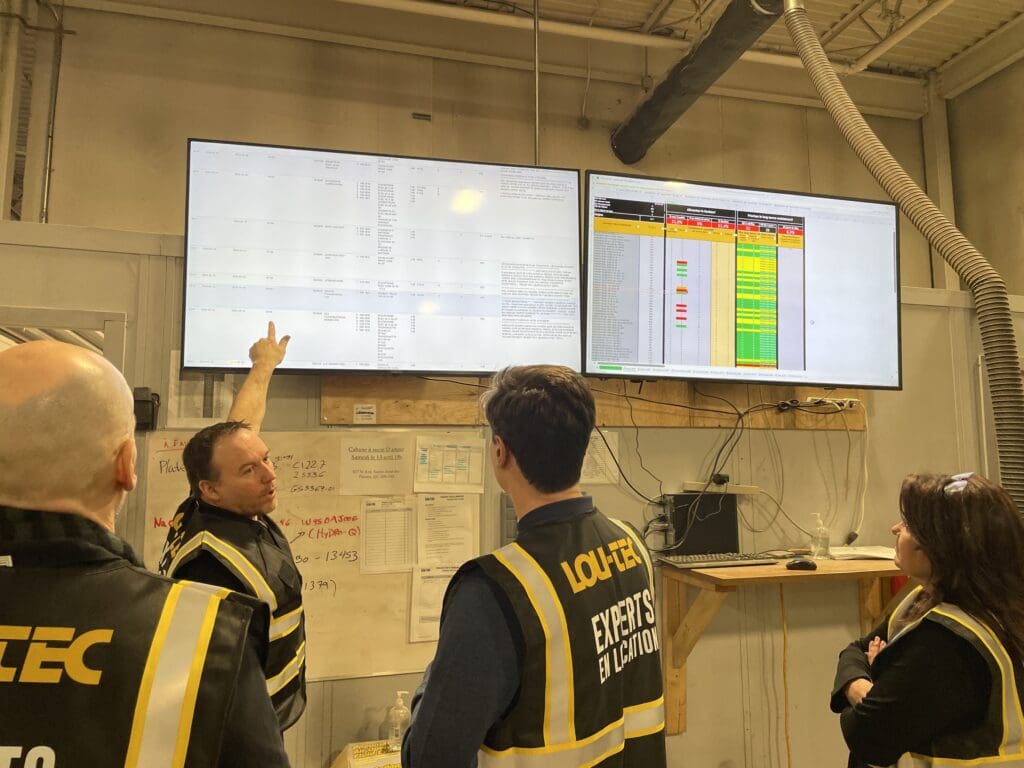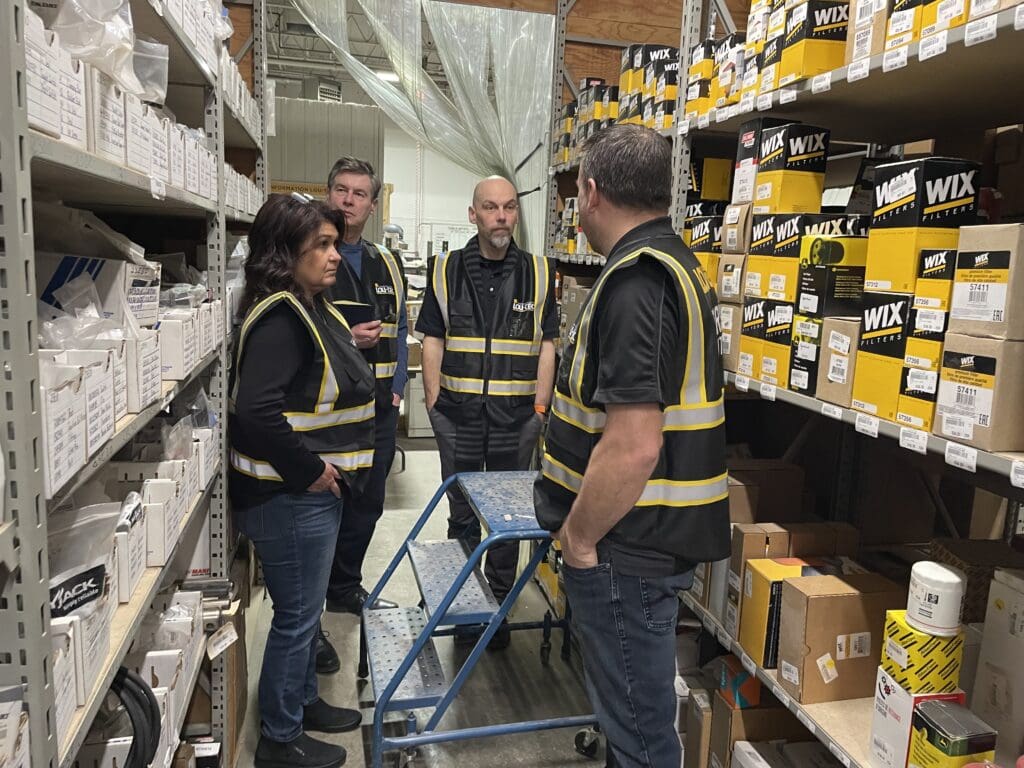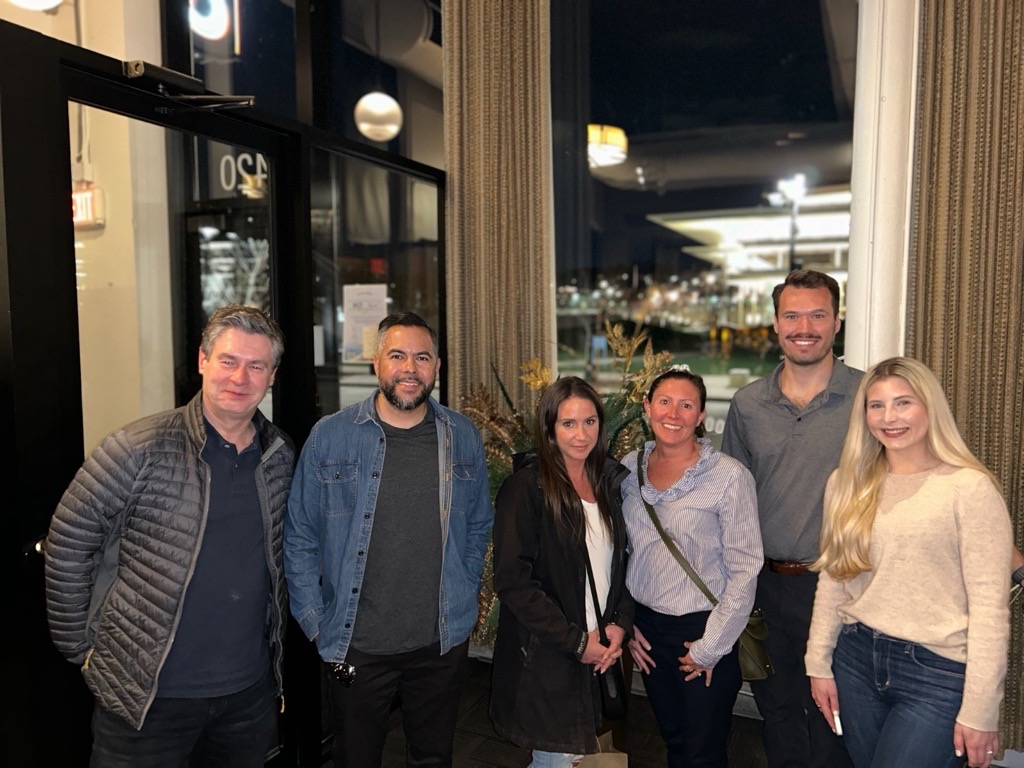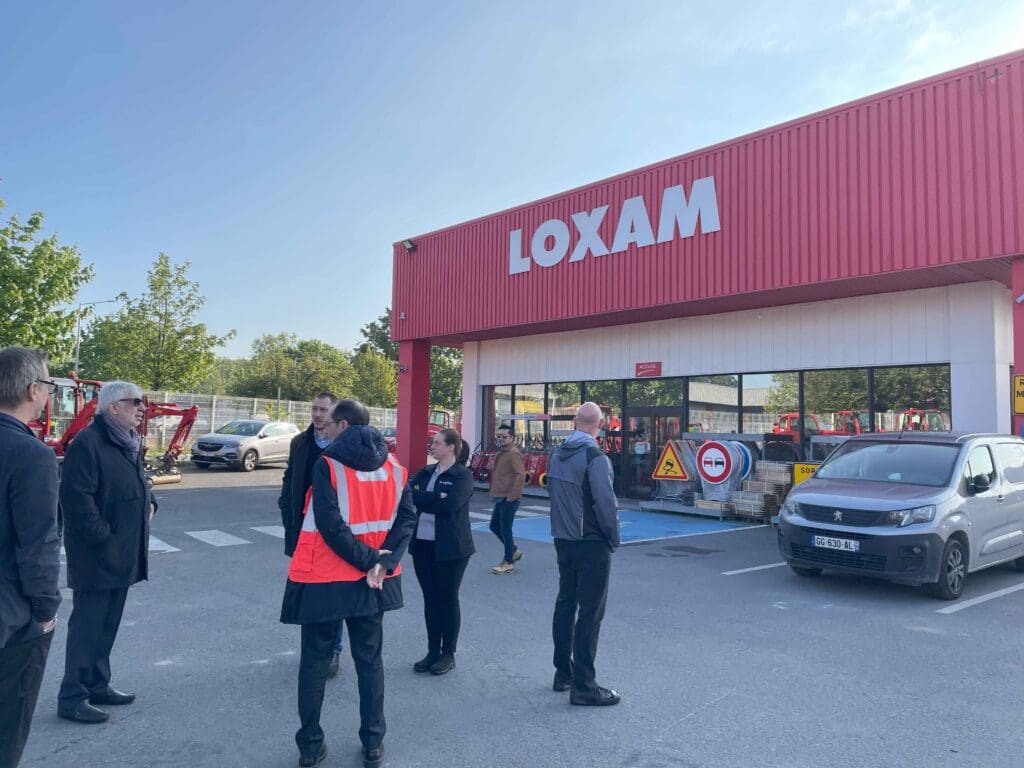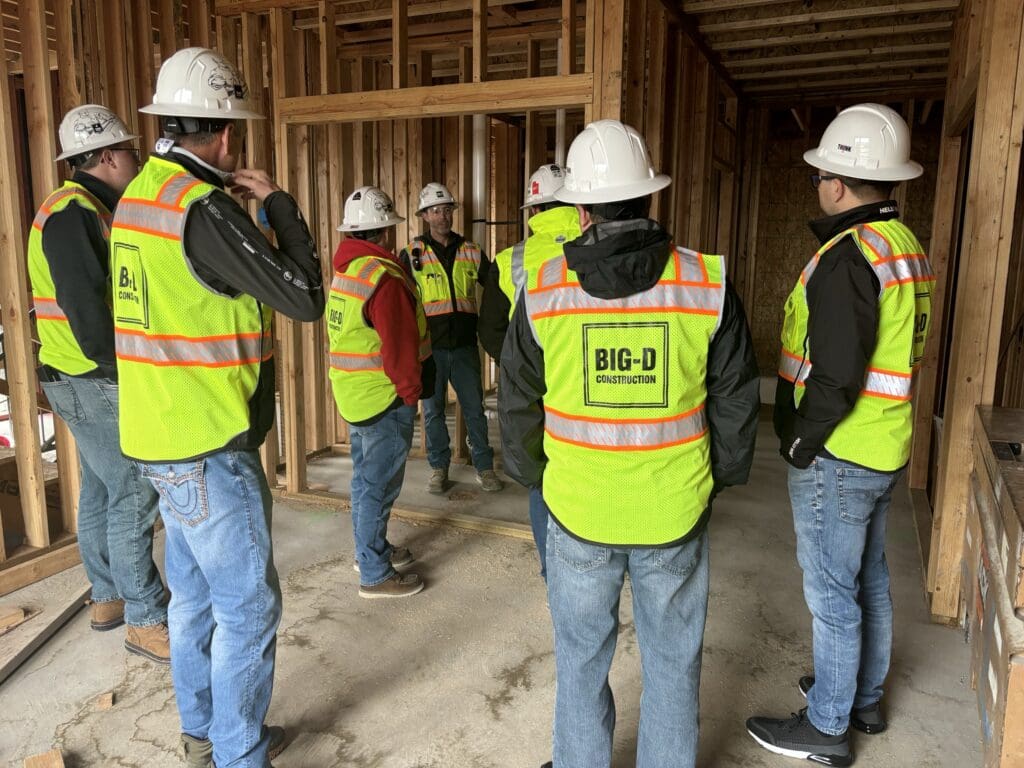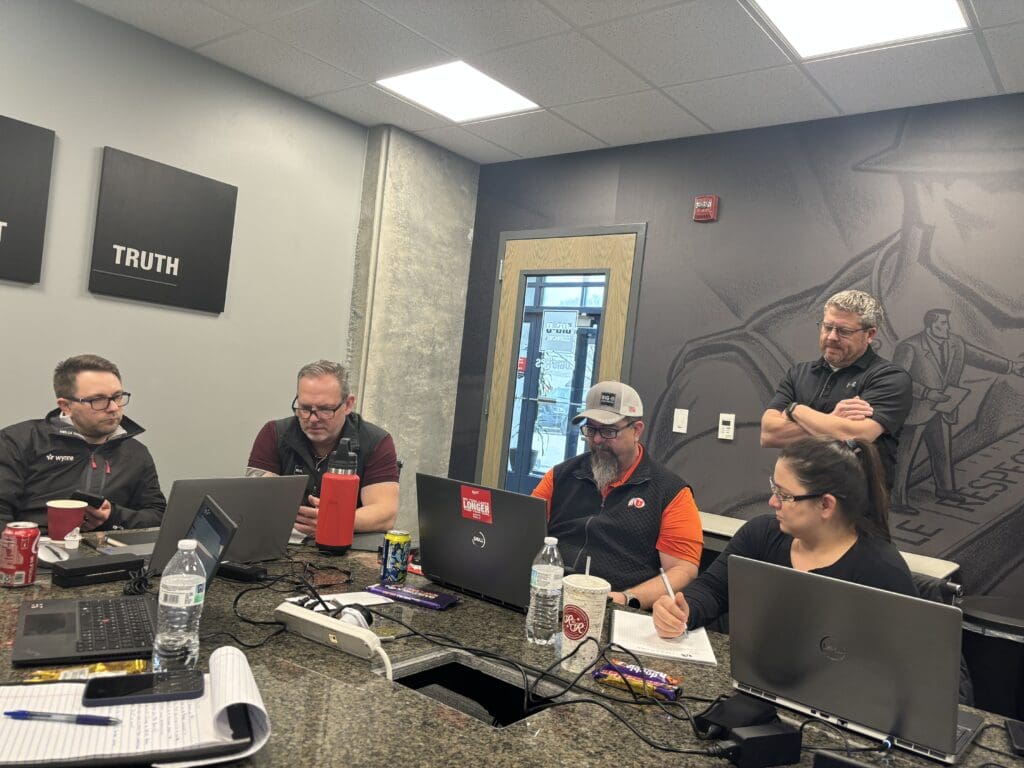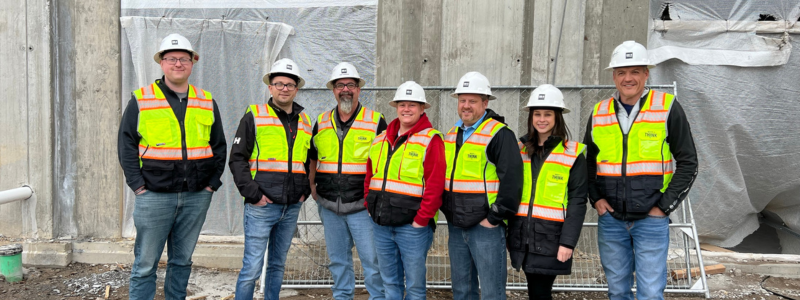
At Wynne Systems, our commitment to excellence extends beyond developing top-tier rental and construction equipment management software. We believe in the power of personal connections and the immense value of on-site visits. In a recent Fireside Chat our leadership team including Clare McCormick, Robert Gray, and Kenneth Kimura shared their thoughts surrounding the important of making time to visit our clients at their headquarters. Our teams, including leadership, product development, sales, marketing, and customer success, regularly travel globally to meet with clients. These visits are more than just business trips; they are opportunities to deepen relationships, understand client needs firsthand, and ensure our solutions are effectively implemented and utilized.
Strengthening Relationships
Client visits are not just about seeing familiar faces; they are vital for reinforcing the strong bonds between us and our customers. By visiting our clients across various locations, from North America to Europe, we not only strengthen our business relationships but also build long-lasting friendships. Robert Gray, our Chief Revenue Officer, highlighted the importance of these visits by saying, “It’s been really, really good not just from the relationship-building standpoint and seeing our customers, some of the long friendships that we’ve made, but to go see their businesses and the nuances of them.” These visits provide an invaluable opportunity to see firsthand how our clients operate, allowing us to understand the unique nuances of their businesses.
Insights and Validation
When we visit clients, we gather critical insights that validate our product’s effectiveness and identify areas for improvement. For instance, seeing how different branches of a company in France operate with the same software yet with slight variations helps us understand diverse use cases. Robert shared, “We were in France a couple of months ago and just seeing one branch to another branch and the little intricacies of how one might operate a little bit differently with the exact same software… that’s just invaluable.” This real-world validation ensures that our solutions are truly meeting the needs of our clients and allows us to make necessary adjustments.
Observing Client Challenges
By observing our customers in their environments, we identify current challenges and anticipate future needs. This hands-on approach allows us to develop solutions that are directly influenced by the real-world problems our clients face. For example, the RentalMan IntelliSource initiative was born from observing a common challenge across multiple clients, leading to the development of a solution that automates processes and improves efficiency. Kenneth Kimura, our Director of Product Development, explained, “IntelliSource is something that we put together recently that comes directly from customer observation. Seeing our customers, the way they use our systems, and facing the same challenge, we see an opportunity to automate, and that’s what that’s about.”
Special Interest Groups (SIGs)
Our Special Interest Groups (SIGs) are a direct result of client feedback and observations. These groups consist of a small number of clients who provide input and feedback on potential new applications or features. Ken added, “A SIG stands for Special Interest Group, and what that is, is we’ll partner with a small group of our customers to validate some need in the market. Getting their input and feedback on what it needs to do is crucial.” For instance, our recent SIG on inventory management emerged from customer surveys and in-person feedback, ensuring that the development is closely aligned with client needs.
Driving Usage and Adoption
Understanding who uses our applications and how they interact with them is crucial for user adoption. Client visits allow us to gather detailed insights into the daily workflows of various roles, from dispatchers to drivers. This knowledge helps us design intuitive interfaces and workflows that align with the users’ actual needs, making the software more user-friendly and increasing adoption rates. Clare McCormick, our General Manager, emphasized, “We really do realize that when we’re designing things, we need to look at not just the functionality and the function, but also who’s going to be using it and making sure that we’re considering those roles.”
Proactive Decision-Making
By leveraging data and predictive analytics gathered during client visits, we can anticipate our clients’ needs and provide timely solutions, enabling us to shift from reactive to proactive decision-making. Robert mentioned, “We’ve had to go in and maybe tweak some things, reconfigure some things in the case with Rentalman and RentalResult, where construction companies have found competitive advantages to leverage within the system.” This proactive approach not only enhances the user experience but also ensures that our clients can make informed decisions based on accurate predictions.
Conclusion
Client visits are an integral part of our strategy to build strong partnerships, drive product development, and enhance user adoption. By being present in our clients’ environments, we gain invaluable insights that shape our solutions to better meet their needs. This hands-on approach ensures that we remain closely aligned with our clients, fostering trust and collaboration that drives mutual success.
Robert summarized it well, stating, “That’s why we go out and spend a lot of time with them onsite in their business, in their different locations, their job sites, to really intimately understand what their challenges are.”
By continually engaging with our clients through these visits, we can ensure that our solutions evolve in line with their needs, ultimately leading to greater success for both parties. As Robert Gray aptly put it, our goal is to “move the needle in the biggest way” for our clients. And through our dedicated on-site visits, we are doing just that—one visit at a time.

